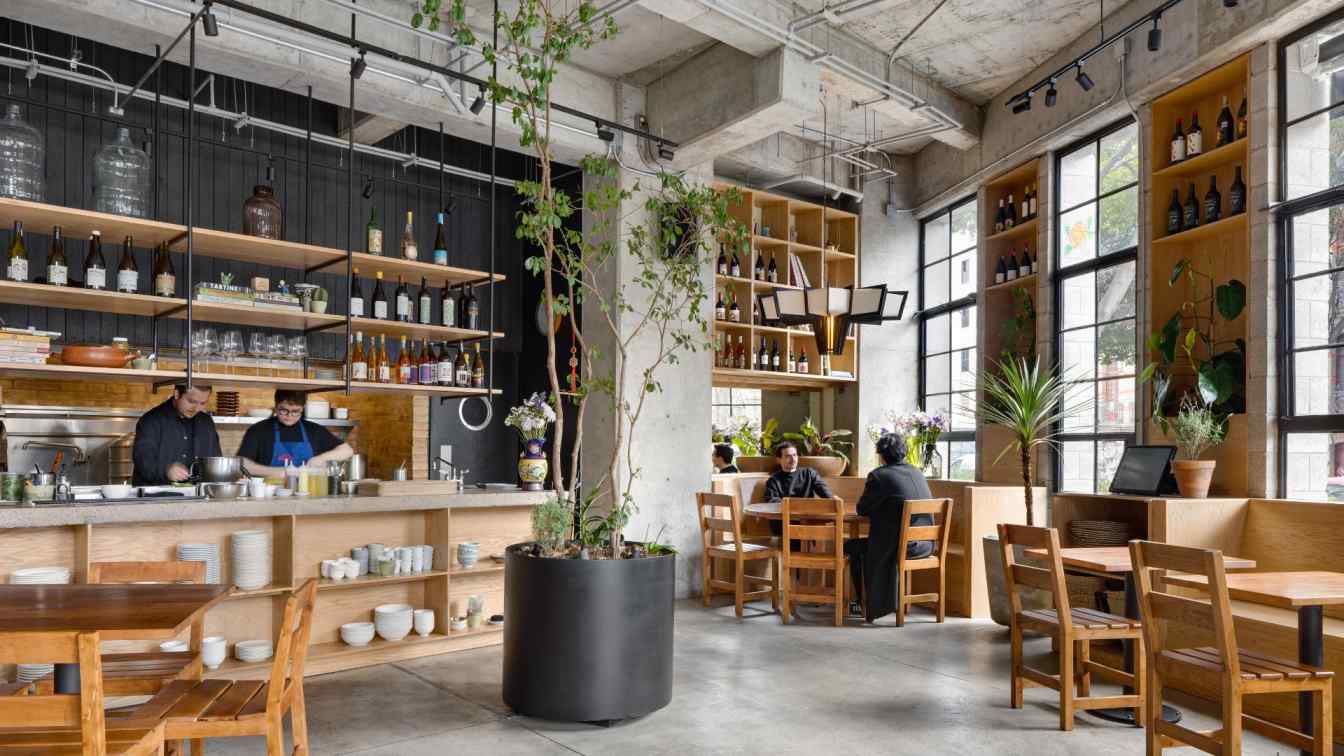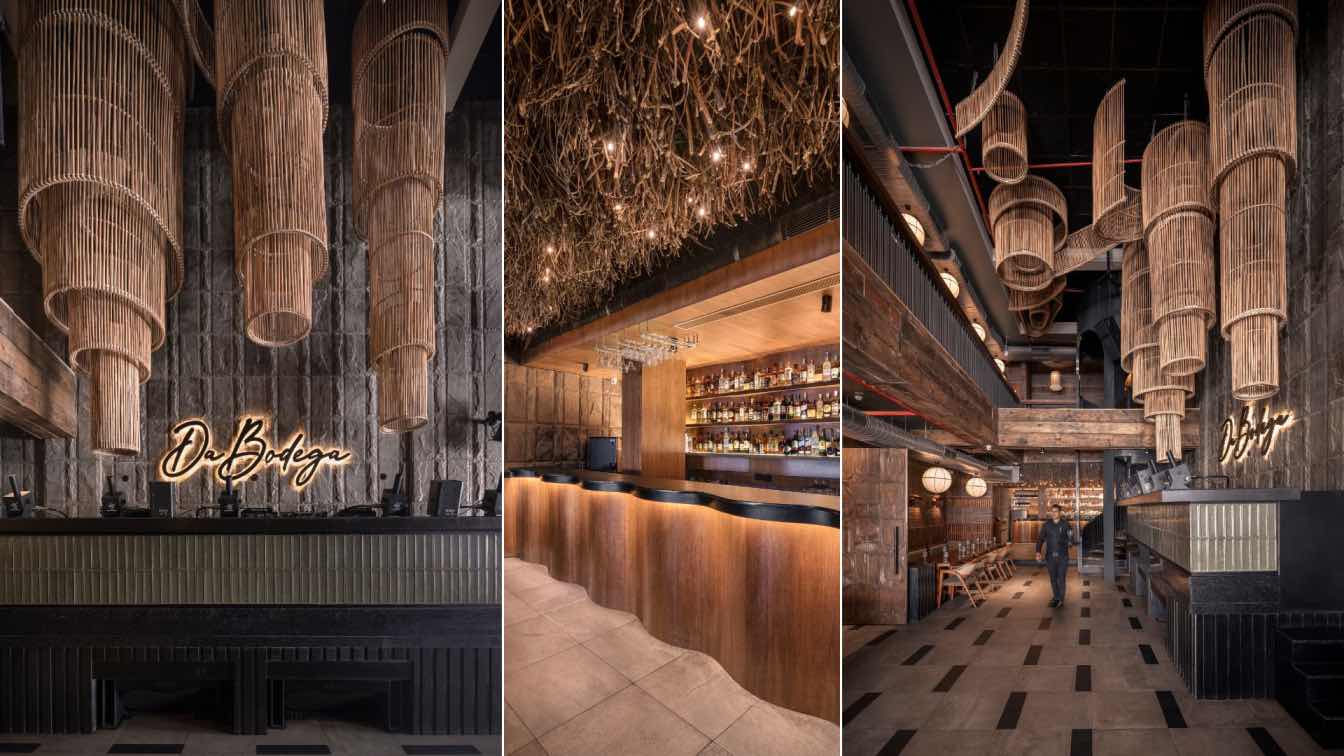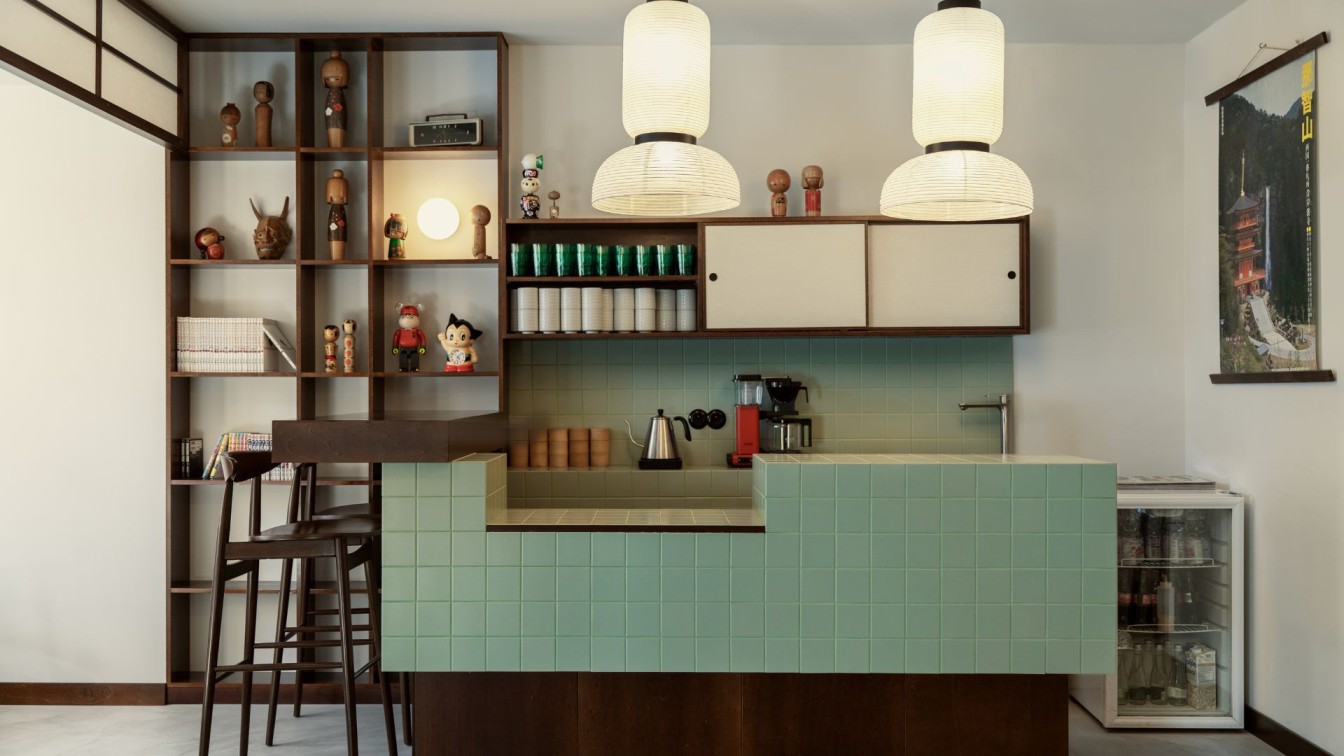LOCUS: AN ASIAN BISTRO IN THE HEART OF MEXICO CITY
In Singapore, the term “makan” is an invitation: sharing food is about fostering intimacy, warmth, and care. This is why chefs Maryann Yong and Mario Malváez decided to name their culinary project *Makan*. From the beginning, both envisioned Makan as a space capable of evoking the familiarity and trust that come with cooking for someone and sharing food and stories at the same table.
Makan draws on the precision and creativity of Asian cuisine and the indisputable quality products offered by committed and rigorous Mexican suppliers. The Makan menu is a showcase of culinary traditions from the multitude of ethnicities that make up Southeast Asia. In it, we discover dishes with flavors, textures, and ingredients that sometimes coexist in harmony and other times in contrast, all governed by a central idea: to offer simplicity and quality in a single dish.
A RESTAURANT MADE WITH 50% RECYCLED MATERIALS
Environmental responsibility was a crucial aspect in the realization of the project. From the conception stage, the use of sustainable materials was prioritized, particularly the use of national white oak wood in much of the interior design. This choice not only highlights the natural beauty of the surroundings but also ensures proper management of natural resources, promoting environmental conservation and supporting the local industry sustainably. Additionally, strategies were implemented to maximize the use of natural light during the day and natural ventilation, thereby reducing the dependence on air conditioning systems and minimizing energy consumption. These measures not only contribute to environmental preservation but also promote a healthy and comfortable indoor environment for the occupants, enhancing their well-being and productivity.
To add a touch of distinction and contrast, charred wood was integrated into some furniture details. This technique not only adds a visually appealing element but also ensures durability and resistance, eliminating the need for harmful chemical treatments to the environment and health. Altogether, these design decisions result in a project with a lower environmental impact and greater harmony with its natural surroundings, reflecting a commitment to sustainability and environmental responsibility.


























